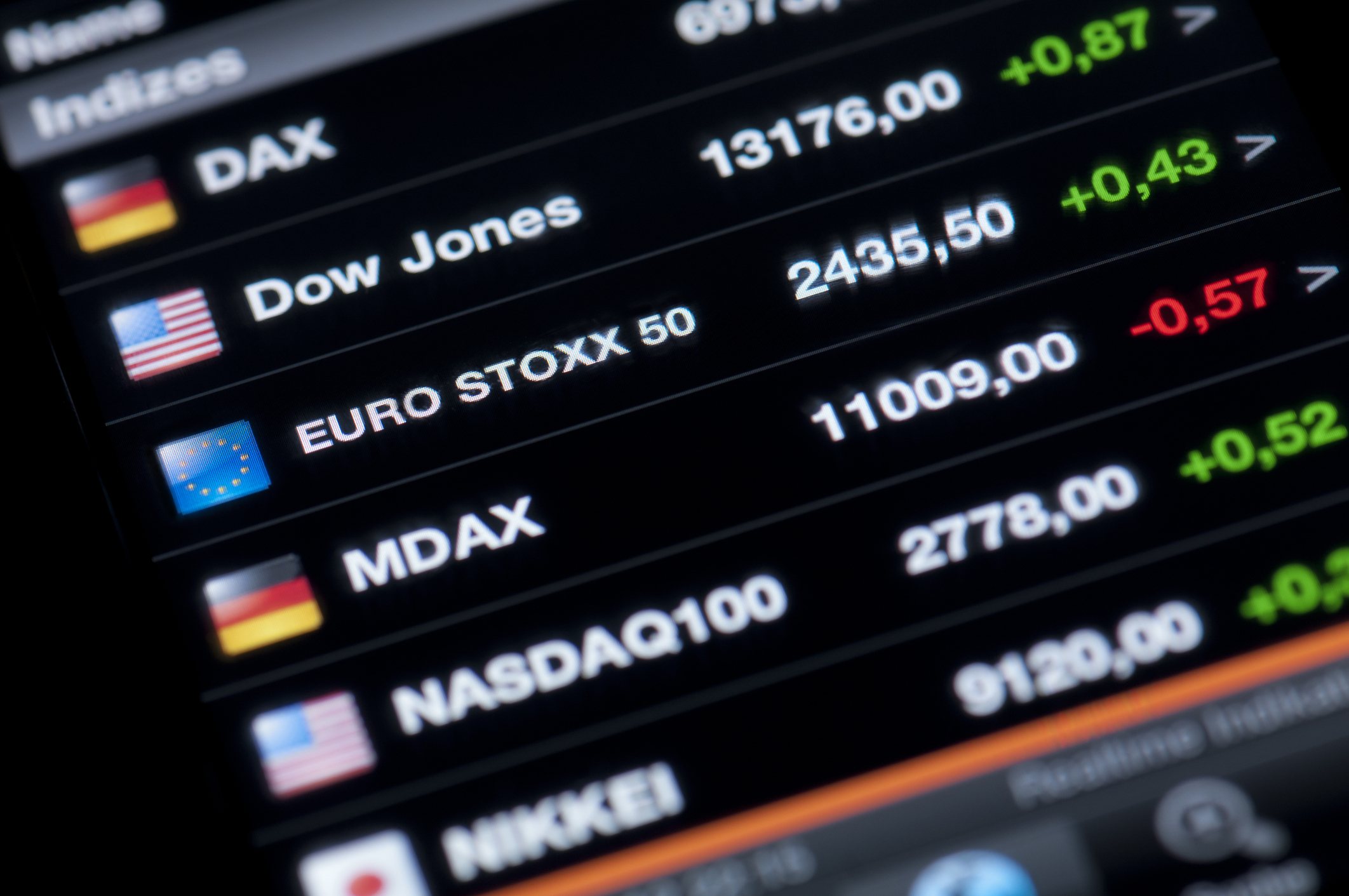Accurately determine the client's investing needs;

Trade all major world indices
On all significant global exchanges, you can access global indexes. Cut trading expenses as much as possible
What are Indices?
An index is a collection of distinct entities that shows the overall status in the values of some or all of its components. Investors can use it to understand how an asset class or a particular market segment within it is performing.
They serve as the foundation for many financial instruments and serve as a benchmark for the performance of portfolios that have been designed to closely resemble the performance of a particular asset class.
Why Index Trading?
Because index trading enables a more passive investment technique, it is very well-liked by both institutional and retail traders. When you have the funds in your account and you faithfully follow the performance of the market, you purchase the index. Additionally, it is a tactic to keep trading expenses to a minimum.
Types of indices
Capitalization Indices
The most well-known and frequently mentioned type of equity market indices is capitalization-weighted indices. Market capitalizations of the companies that make up an index are added up to form capitalization indices.
As the share prices of the index's constituent companies fluctuate, changes in the index's value also reflect changes in the total capitalization of those companies. Each company's weight in the index is determined by its capitalization, with larger companies receiving greater portfolio weightings and, as a result, having a greater influence on index values.
Fixed Income Indices
The bond market and short-term money market performance are gauged by fixed income indices. These indices are a large family of benchmark indices developed to track the performance of the market for investable bonds.
A Bank Bill Index, which gauges the health of the money market, is also included in the series. The series makes it easier for professional advisers, managed and superannuation funds, and institutional investment managers to use.
Sector Indices
Investors can benchmark the performance of a specific stock market industry or sector using sector indexes. According to each company's primary business, an industry classification is allocated, and companies that engage in the same type of business activity are combined to create market sector indexes.
Strategy Indices
Strategy indices monitor the effectiveness of a specific investing strategy. Plan indices show the performance of an investment strategy that is based on rules, as opposed to capitalization and sector indexes that classify companies based on their size or industry.
In order to maximize returns, that investment approach can involve choosing companies based on criteria other than their size or industry or using particular trading strategies and financial instruments. Traditional designs, more contemporary elements, equity income techniques, managed volatility strategies, and other quantitative strategies all fall under this category.
Volatility Indices
The VIX serves as a gauge of market mood. It is a measure used by investors, financial media, academics, and economists to track the benchmark equity index's level of short-term volatility. The level of the VIX serves as a gauge of investor mood and suggests market expectations of volatility in the capitalization indices during the ensuing days.
Our Mission: Achieve Client Success
Through our diverse workforce and our culture of resilience and innovation, we aim to become a global leader in investment services, capital markets, and asset management and create value for clients and stakeholders.
CORE OPERATING VALUES
Ordinary people are capable of great accomplishments when they are unified in a common mission and oriented around shared ideals.

